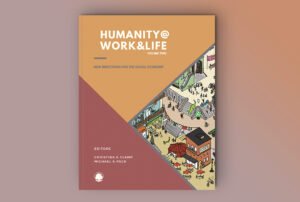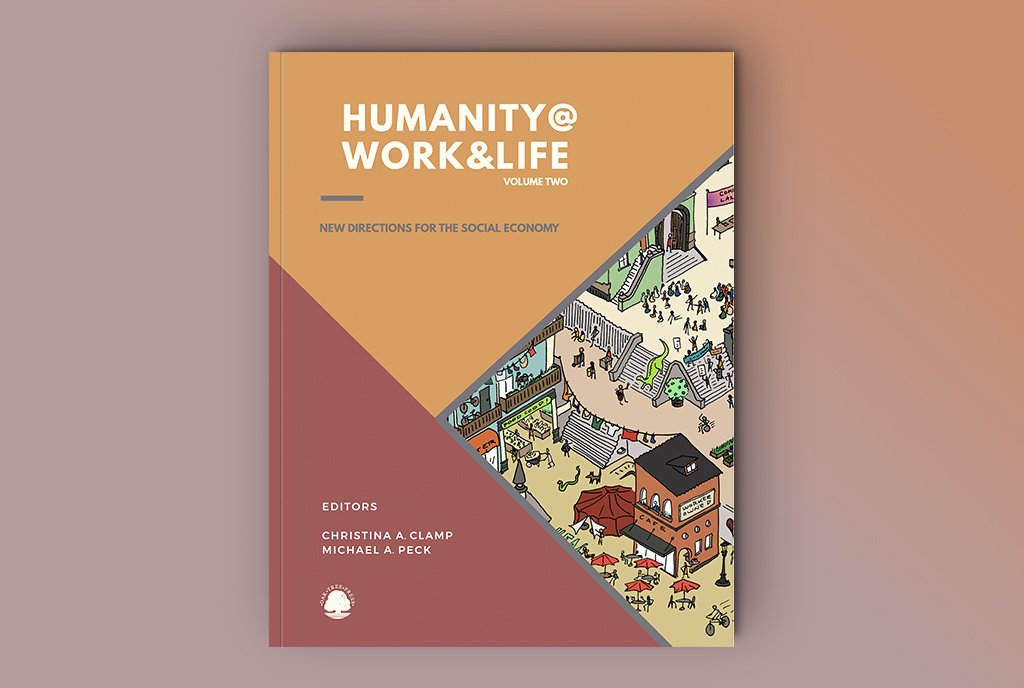
Excerpted from Letting Go: How Philanthropists and Impact Investors Can Do More Good by Giving Up Control. Copyright © 2021 By Ben Wrobel and Meg Massey. Self-published by the authors and reproduced here with author permission. The following section draws on portions of Chapter 2, “The Room Where It Happens,” pp. 26–27, 29–32, 34.
Editor’s note: In Letting Go: How Philanthropists and Impact Investors Can Do More Good by Giving Up Control, Ben Wrobel and Meg Massey call for philanthropy and impact investment elites to cede decision-making power to community groups. Later in the book, they outline specific ways to make this shift a reality, but here they very persuasively outline what’s at stake—and how the status quo in philanthropy often works to control and strictly limit genuine community participation.
From Diversity to Accountability
In philanthropy, there’s a tendency when talking about representation to start and end the conversation with staff and board diversity. In politics, business, or any other field, the demographic makeup of the room—the all-white board, or the all-male panel—is a justifiable flashpoint for activists. But the issue of diversity (who is in the room) only addresses one part of the equation. The other part is accountability, or how the people in that room consult with those outside it.
[…]
Accountability is always an important part of the conversation. On the level of city politics, diversity is about whether the city council members look and sound like their constituents; accountability is about whether they hold open town meetings or make important decisions behind closed doors. In business, diversity is about scrutinizing the demographic makeup of the board or C-Suite management, while accountability is about challenging a corporation to commit to involving external stakeholders in governance.
[…]
The Ladder of Participation
The concept of participation is a little bit like the concept of democracy: vague, abstract, and easy to co-opt.
Most philanthropists, if asked, would probably say that they make an intentional effort to engage people with lived experience. They could probably point to specific examples—a site visit, community panel or feedback survey. As one grantmaker told us, “No one in philanthropy has anything bad to say about participation.”
But what does authentic participation actually look like? And how can we measure it? Edgar Villanueva is one of many critics pointing out that grantmakers tend to talk a bigger participation game than they practice. Authentic knowledge, he writes, can’t come from “a site visit to the community or interviewing someone from the affected community. It comes from living inside that community and experiencing that issue for oneself. Period.”
Fortunately, there’s a framework for measuring participation that comes in handy: the Ladder of Citizen Participation. The framework comes from the world of public policy. In 1967, US President Lyndon B. Johnson tasked a policy analyst named Sherry Arnstein with developing a strategy to integrate citizen feedback into a new program for revitalizing slums and blighted neighborhoods. Local officials were given primary control over how funds were spent, but not all were committed to engaging residents. To the extent that town hall meetings or surveys were used at all, they were viewed as a necessary evil rather than as an opportunity to gather meaningful information. As Arnstein met with local officials, she saw repeatedly how decision-makers dismissed resident concerns, even ones they’d solicited, as ill-informed or just plain wrong.
This experience led Arnstein to publish an eight-page treatise in the academic Journal of the American Planning Association laying out her ladder of participation. The ladder was a visual framework to illustrate how decision-makers can engage community members in any civic process.
The lowest rung is nonparticipation. This refers to any time where power holders make decisions with minimal input: a one-way information flow with no feedback channels. An example of this might be a government office that holds a monthly press conference to share what they’ve been working on but takes no questions.
Sign up for our free newsletters
Subscribe to NPQ's newsletters to have our top stories delivered directly to your inbox.
By signing up, you agree to our privacy policy and terms of use, and to receive messages from NPQ and our partners.
The next rung up is tokenism. The most common example of tokenism is the dreaded feedback survey. People may have the opportunity to fill it out and share their opinion, but there’s no way of knowing whether it’s going to be seriously considered or put straight into the recycling bin.
But Arnstein was more than just a critic; she wanted to offer a positive vision for how to authentically engage people whose lives will be affected by decisions you make. The highest rung on her Ladder of Participation is citizen power. This refers to processes that authentically engage the community, whether it’s inviting citizens onto a budget committee or handing the entire job of planning and managing a revitalization project over to a neighborhood group.
Arnstein’s ladder is a useful framework for quantifying the level of authentic engagement between a decision-making body and the general public. As one contemporary example, consider civilian review boards, a mechanism that’s become increasingly popular for holding city police departments to account. In theory, a review board is a powerful way to hold officers and political appointees accountable for abuse and brutality. But in practice, some boards have more power—more “teeth”—than others. There are nearly 150 oversight boards in the United States; the ones that have some sort of formal enforcement power get high marks from criminal justice reform advocates, while others are clearly designed to be little more than democratic window dressing.
With this framework at our disposal, we can speak more directly about decision-making at most foundations. But first let’s take a step back to talk about the funding process. This gets to the how of philanthropy—how money moves from the grantmaker to the nonprofit.
[…]
The Funding Process
The first decision point involves developing a hypothesis, or a theory of change. A theory of change is a mini manifesto that lays out what the grantmaker thinks is wrong with the world and how they want to go about solving it. It might sit on a foundation’s website or in its marketing materials. It can get revisited every year or stay the same for a century. Either way, a theory of change defines the foundation’s values, priorities, and vision for the future.
With the theory of change in hand, the next step in the funding process is to build a pipeline of ideas. The grantmaker will usually post a call for applications to solve a problem aligned with its theory of change. It’s a lot like a job application, with specifics about location and past experience, and a request for a well-written cover letter. Some grantmakers receive hundreds of applications in their pipeline.
Finally, there is the all-important stage of vetting options and deciding who to fund. This vetting process can be as simple or complex as the grantmaker wants it to be. Many foundations have long lists of criteria and multi-stage approval processes; on the other hand, an individual donor might decide who to fund based on nothing more than their gut.
[…]
Every one of these decision points offers an opportunity for grantmakers to engage people outside of their organization. But most of the time, that doesn’t happen.
[…]
Arnstein wrote that one of the most persistent dangers for any citizen was that a process that sits near the bottom of the ladder could be disguised as one that sits at the top. “There is a critical difference between going through the empty ritual of participation and having the real power needed to affect the outcome of the process,” Arnstein wrote in 1969. Participation without redistribution of power “allows the power holders to claim that all sides were considered but makes it possible for only some of those sides to benefit.” For the powerless, it is an “empty and frustrating process.”











